Estimated reading time: 11 minutes
In the age of convenience, it's easy to forget that there exists a treasure trove of wisdom and functionality in items that our great grandparents once used daily.
Imagining a life without electricity, running water, or fast food deliveries might seem like stepping back in time, but the reality is, the pioneers who used these items were onto something.
In a world that's grown increasingly conscious of sustainability and self-sufficiency, reacquainting ourselves with these pioneer tools not only provides a sense of historical continuity – but could also offer some pretty incredible benefits.
Let's take a look at some pioneer items we'll need again someday – and should start learning how to use again today.
Want to save this post for later? Click Here to Pin It On Pinterest!
1. Cast Iron Skillet
The cast-iron skillet has been a kitchen staple for centuries, and for good reason. This durable, virtually indestructible piece of cookware can go from stovetop to oven with ease, has excellent heat retention, and provides a lifetime of service. From eggs with the perfect crispy edge to homemade cornbread, the cast-iron skillet does it all.
Before you use it for the first time, season your skillet with oil to create a natural non-stick surface. Once you're done, simply wipe it down with a dash of oil on a paper towel for cleaning and to maintain its seasoning.
2. Butter Churn
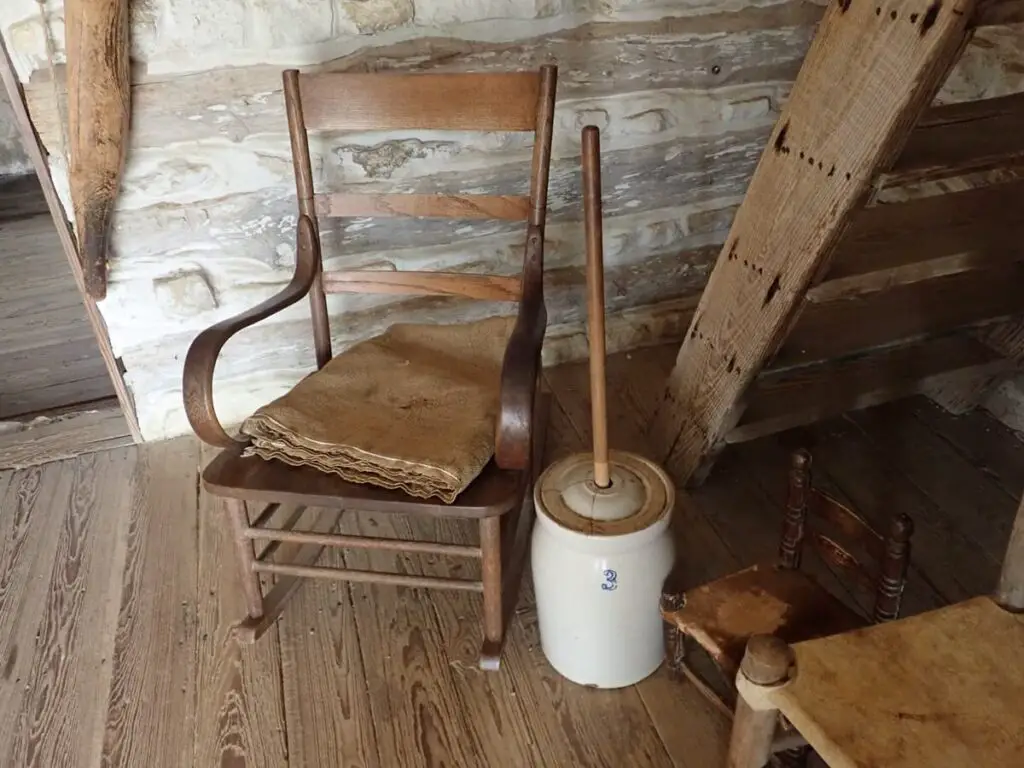
In an era before refrigeration, churning butter was a weekly, if not daily, task that required equal parts muscle and patience. By converting fresh cream into butter, this simple yet effective contraption allowed pioneers to preserve dairy without the need for modern facilities.
To use it, pour your cream into the churn, crank the handle, and keep going until the buttermilk separates from the butter. This can take anywhere from ten to thirty minutes, depending on the batch size.
3. Utility Wagons
Utility wagons, particularly canvas wagons, were once akin to today's sport utility vehicles. Used for everything from hauling crops to providing a makeshift bedroll out on the trail, these wagons were functional, durable, and versatile in extreme conditions.
To use it, simply load it up with whatever needs moving. The sturdy wooden base and metal wheels can handle a lot of weight and various terrains – more than you might expect, in fact.
4. Spinning Wheels
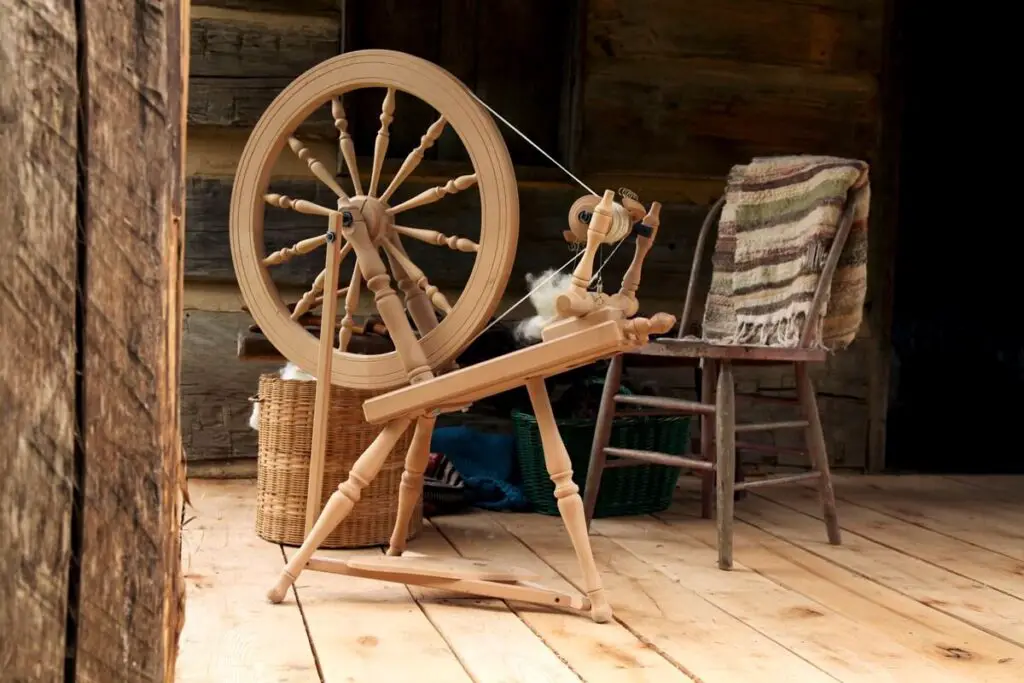
Spinning wheels transformed fibers such as wool into yarn or thread, an essential skill in clothing production during the pioneer era. Today, it's a valued commodity for those who want to create their own textiles.
To use it, feed the fiber through the wheel and treadle to create tension. Spin the wheel, and the flyer will twist the fiber into yarn.
5. Wind-Up Grandfather Clock
Before the age of digital timekeeping, grandfather clocks with their elegant chimes and ornate design were fixtures in homes. They required no electricity, just a weekly winding, making them a durable and beautiful timepiece.
To use, simply wind the clock's mechanism by gently turning the key in the designated holes. The different holes will adjust the times the clock chimes at the hour.
6. Cast-Iron Dutch Oven
Another workhorse of the pioneer kitchen, the cast-iron Dutch oven, is a versatile piece for cooking soups, stews, and even baking bread. Its tight-fitting lid allows for even cooking and is a must-have for campfire cooking enthusiasts.
It's easy to use. Just pre-heat in an oven or over a bed of coals, load it up with whatever you're cooking, then replace the lid and keep at the desired cooking temperature.
7. Hand-Powered Water Pump
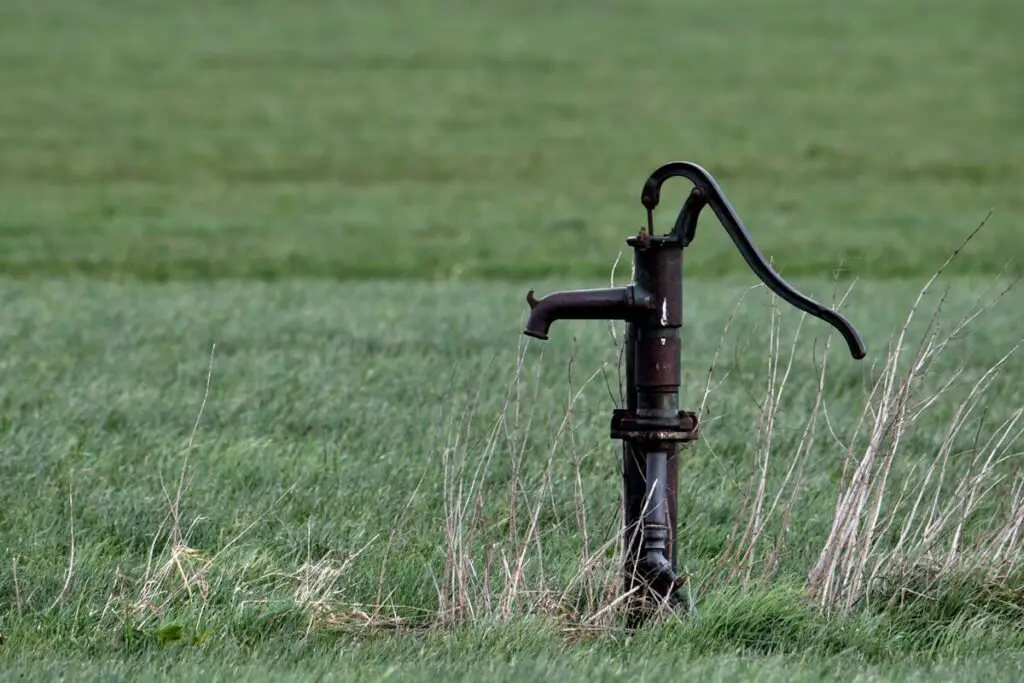
Water pumps were the backbone of any pioneer homestead, providing clean water for drinking, cooking, and cleaning without the need for electricity or complex infrastructure.
To start, prime the pump by adding a little water to the pump head. Then, work the lever up and down to draw water from the well or cistern.
8. Leather Harnesses
Before the automobile, leather harnesses were used to work the land, transport goods, and travel by horse. Quality craftsmanship ensured these harnesses were both functional and comfortable for the horse.
When you're using this or any other kind of harness, remember that proper fitting is crucial for the comfort and safety of the horse. Always keep the leather in good condition, oiling it when necessary.
9. Burr Coffee Grinders
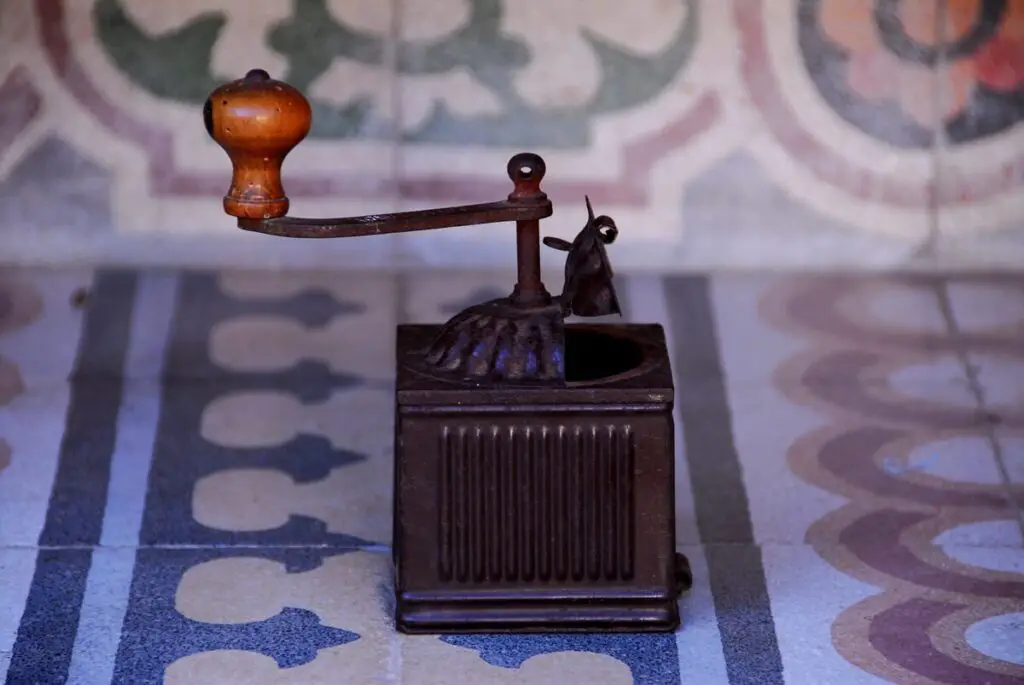
Hand-cranked burr grinders offer a consistent grind size without the need for electricity, making them a go-to choice for coffee aficionados who appreciate the art of a perfect cup of joe.
To use it, adjust the grind size using the screw beneath the coffee container. Add your coffee beans, close the lid, and start cranking.
10. Harvest Sickles
Sickles were used to harvest fields of grain by hand, a practice that still sees use today among small-scale farmers.
Using it is simple. Just hold the stalks with one hand and slice with the sickle in a smooth, continuous motion. Always be mindful of your fingers and in cutting away from the body.
11. Washboards
Before washing machines, the washboard was an essential tool for scrubbing clothes clean. Its ribbed surface helped break up dirt and grime, making laundry day a real workout.
This low-tech invention is pretty easy to use, though. Just add soap to the fabric and vigorously rub it against the washboard, focusing on any dirty or stained areas.
12. Oil Lamps
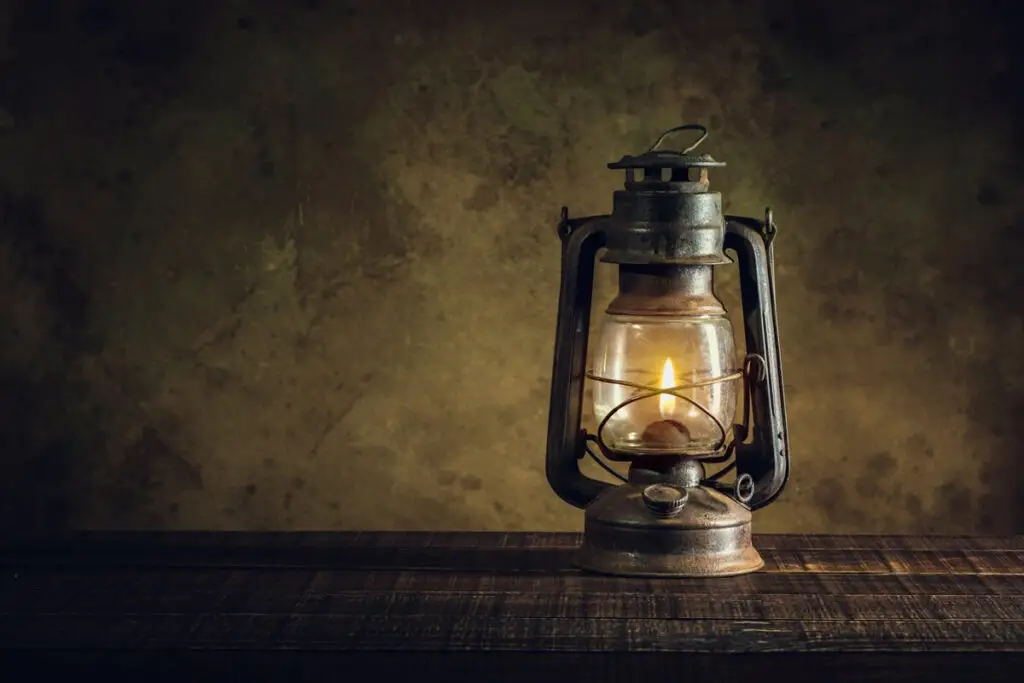
Oil lamps were the ‘candles' of pioneer homes, providing much-needed light in the evenings and during chores when the sun didn't cooperate.
Just fill the reservoir with lamp oil, trim the wick, light it, and adjust the brightness by carefully raising or lowering the wick.
13. Rainwater Barrel
Rainwater barrels were used to collect water for gardens and other non-potable uses. They are making a comeback as sustainable water solutions for the modern homestead.
To use, place the rainwater barrel under your downspout, add a filter to keep out debris, and enjoy free water for your plants.
14. Hand-Operated Drill
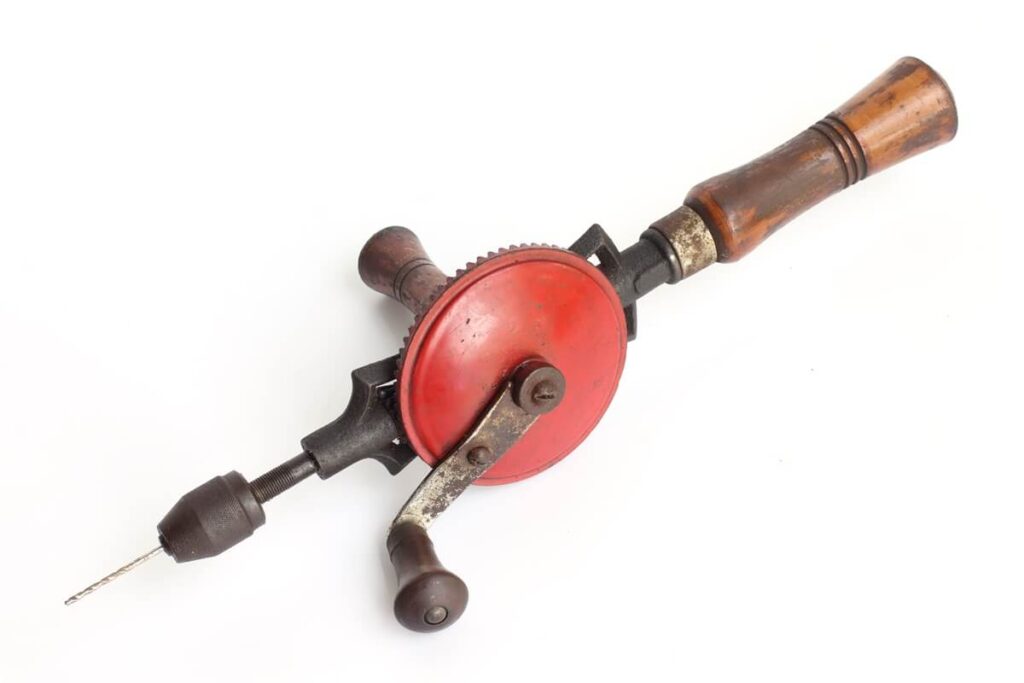
The hand-powered drill was a crucial item for any pioneer craftsman, allowing for precision drilling without the need for electricity.
To use the hand-powered drill, just place the drill bit in the chuck, turn the handle, and apply downward pressure while turning the handle to drill a hole.
15. Gimlet and Awl
The awl is a small tool with a screwdriver-like handle and a sharp point, used for making holes in leather or fabric for hand-stitching.
Place the sharp point where you want to make a hole and twist the handle in a clockwise motion to pierce the material. That's all there is to it!
16. Wooden Clothespins
Simple wooden clothespins are making a comeback with those looking to reduce reliance on plastic and enjoy the sustainability and charm of the past.
You can use them to pin clothes to a line for drying, or get creative with crafts and holding items together.
17. Bee Smoker
Used in beekeeping to keep bees calm, the bee smoker demonstrates the intimate relationship between pioneers and the environment – and has found a modern resonance in urban farming and sustainability today.
To use it, fill the smoker with pine needles or another clean-burning material, light it, and puff smoke over the beehive as needed.
18. Apple Peeler
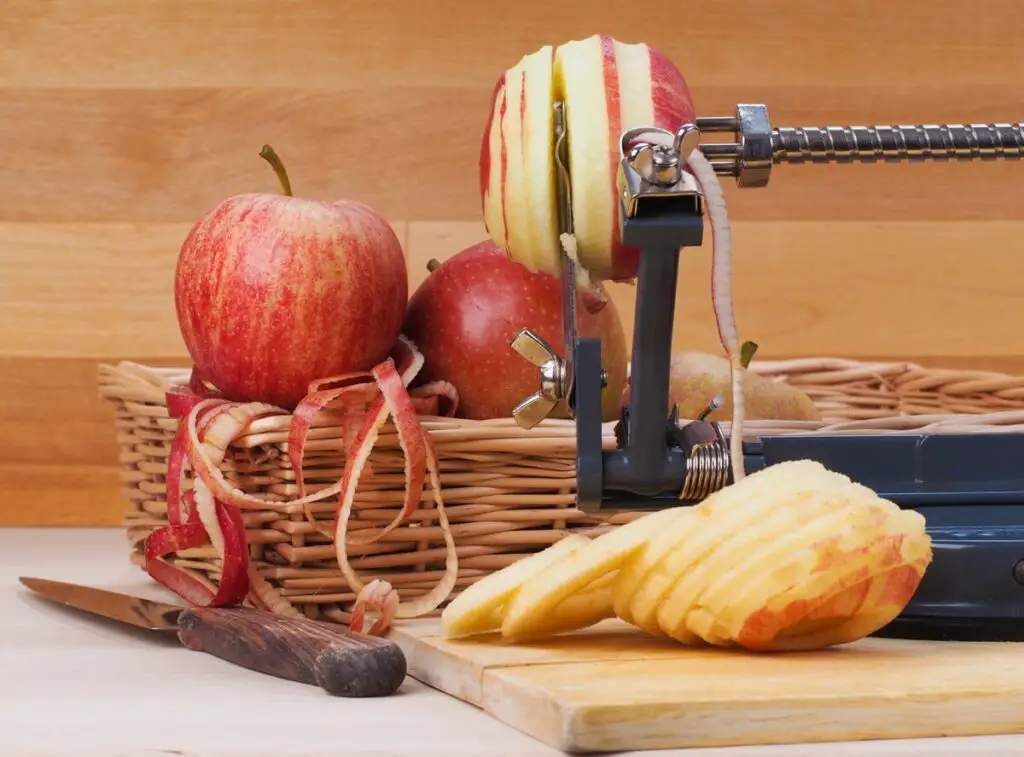
A hand-cranked tool designed specifically to peel, core, and slice apples in a continuous spiral, often used for making apple pies and other desserts. In a less-wasteful kitchen, the apple peeler is incredibly helpful. It can help use up excess fruit for baking, or process fruit for drying to save it for later.
Pro tip – it's also great for feeding picky toddlers who prefer their apple slices to be peeled!
To use it, just fit the apple on the spokes, turn the crank, and watch as the apple is transformed into a peeled, sliced, and cored delight.
19. Canners/Canning Kits
Canning kits contain essentials such as canning jars, lids, and bands, as well as tools like jar lifters, funnels, and headspace tools.
You can preserve fruits and vegetables by placing them in jars, boiling or pressure canning them, then sealing with the kit's lid tools.
20. Hay Rake
An essential agricultural tool for collecting cut hay, the hay rake is a series of curved teeth attached to a long handlebar, which the farmer pulls through fields.
Though these tools have mostly been replaced by modern machinery towed behind a tractor, they still have countless uses (particularly if you're haying in close quarters). Of course, it also requires zero fuel or power.
To use it, just pull the rake through the cut hay, the curve of the teeth helping to gather the hay together in rows for bailing.
21. Straight-Edge Razor
A finely crafted, traditional razor made of steel with a straight blade, used for shaving the face and head. Many men still use straight-edge razors (or straight razors) to get the closest shave possible. They can also help you save money, since you won't have to buy disposable blades or splurge on an electric razor.
Just strop the blade to keep it sharp, lather the skin, and then use a controlled hand to shave in the direction of hair growth.
22. Mason's Chisel
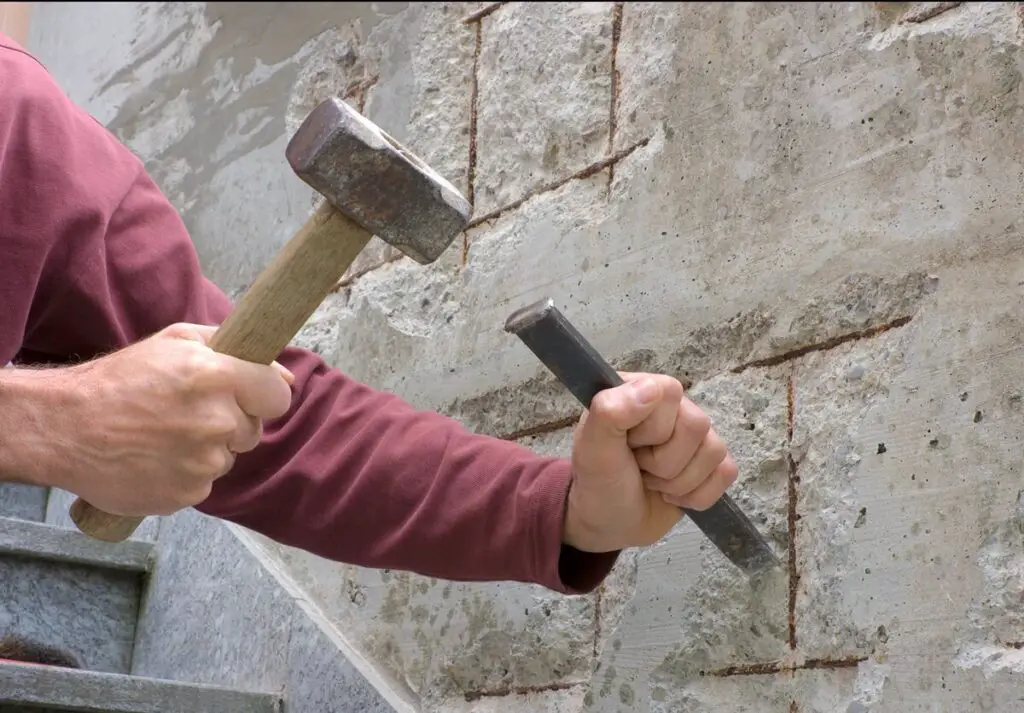
Longer and heavier than a standard chisel, a mason's chisel is used to score or break stone or concrete. It has a flat and wide tip, ideal for the purpose. In construction or restoration work, a mason's chisel is a key tool for precision and effectiveness when working with stone.
You can strike the chisel with a mallet to gradually wear down the stone, but remember to always be cautious and to follow your layout lines carefully.
23. Candle Mold
A historical form for shaping candles, this tool was usually made of tin and held multiple wicks in place while the wax hardened, creating uniformly shaped candles. If you're interested in learning how to make your own candles, whether for craft purposes or more practical ones, it's an essential tool.
Getting started is simple. Just string the wicks, pour in hot wax, and then wait as they cool. Remove the candles after they've set.
24. Flint and Steel
Before matches and lighters, the flint and steel was one of the most reliable methods for creating fire. A spark is created when the steel strikes the flint, igniting tinder.
To use it, secure a piece of char cloth in your flint or near your steel, then strike the flint with the steel at the right angle to catch the spark.
Ultimately, in a survival situation or as a way to incorporate ancient techniques into modern camping or home preparedness, the flint and steel remains invaluable.
25. Millstone
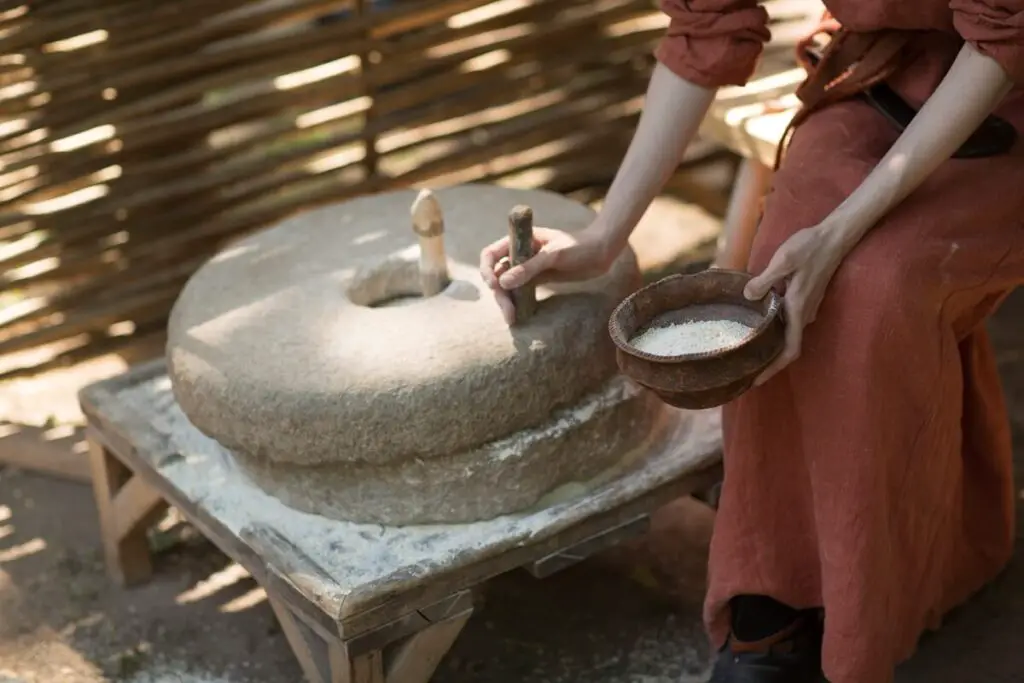
For local food movements or self-sufficient communities, a millstone can provide fresh flour without the carbon footprint of industrial milling.
These historical tools ground grain into flour or meal. Millstones come in pairs, a stationary “bedstone” and the turning “runner stone”.
To use it, adjust the stones to the fineness required, pour the grain through the hole in the top stone, and turn the handle until all the grain is ground.
Key Takeaways
Whether it’s reducing our reliance on electricity or reconnecting with the satisfaction of a manually completed task, there’s a harmony to be found in integrating these “pioneer items” into our modern lives.
They remind us that the simple tools we use can have a profound impact on the way we live, and they can connect us in a tangible way with the past. After all, sustainability and self-sufficiency are not just about the future – they're about taking the best of our history and making it part of our daily lives.
Like this post? Don't Forget to Pin It On Pinterest!
You May Also Like:



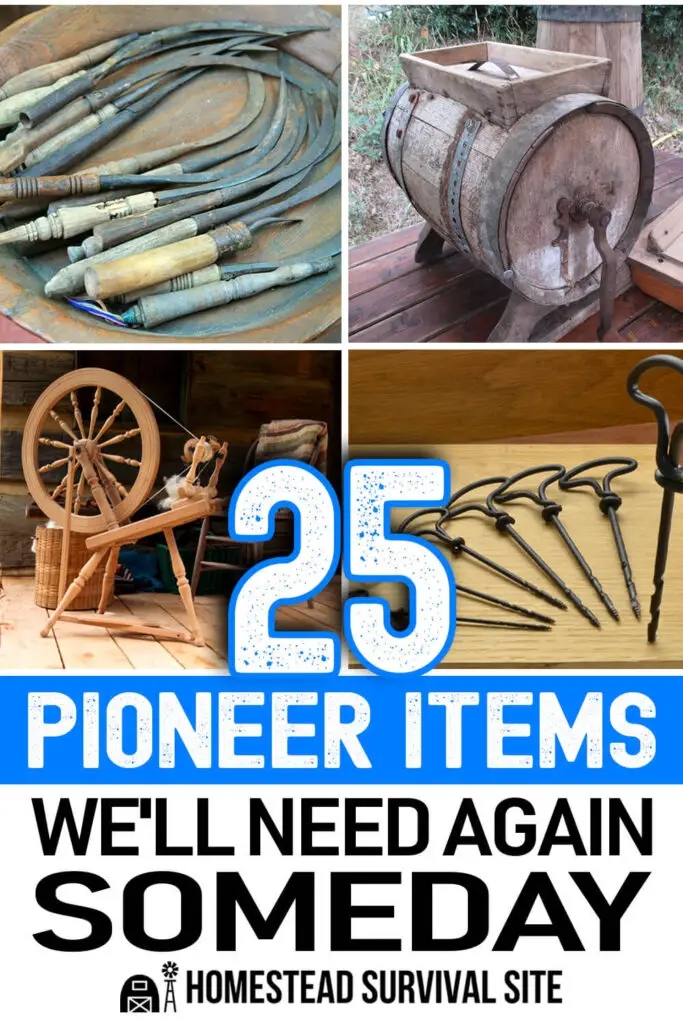


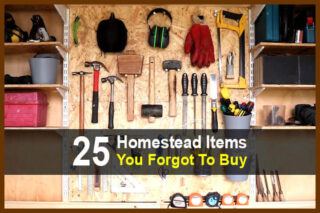



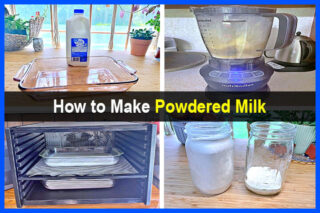

Yep! Already have everything in the list. Even have the muzzle loading shotguns, rifles and pistols. And cast iron cook stove.